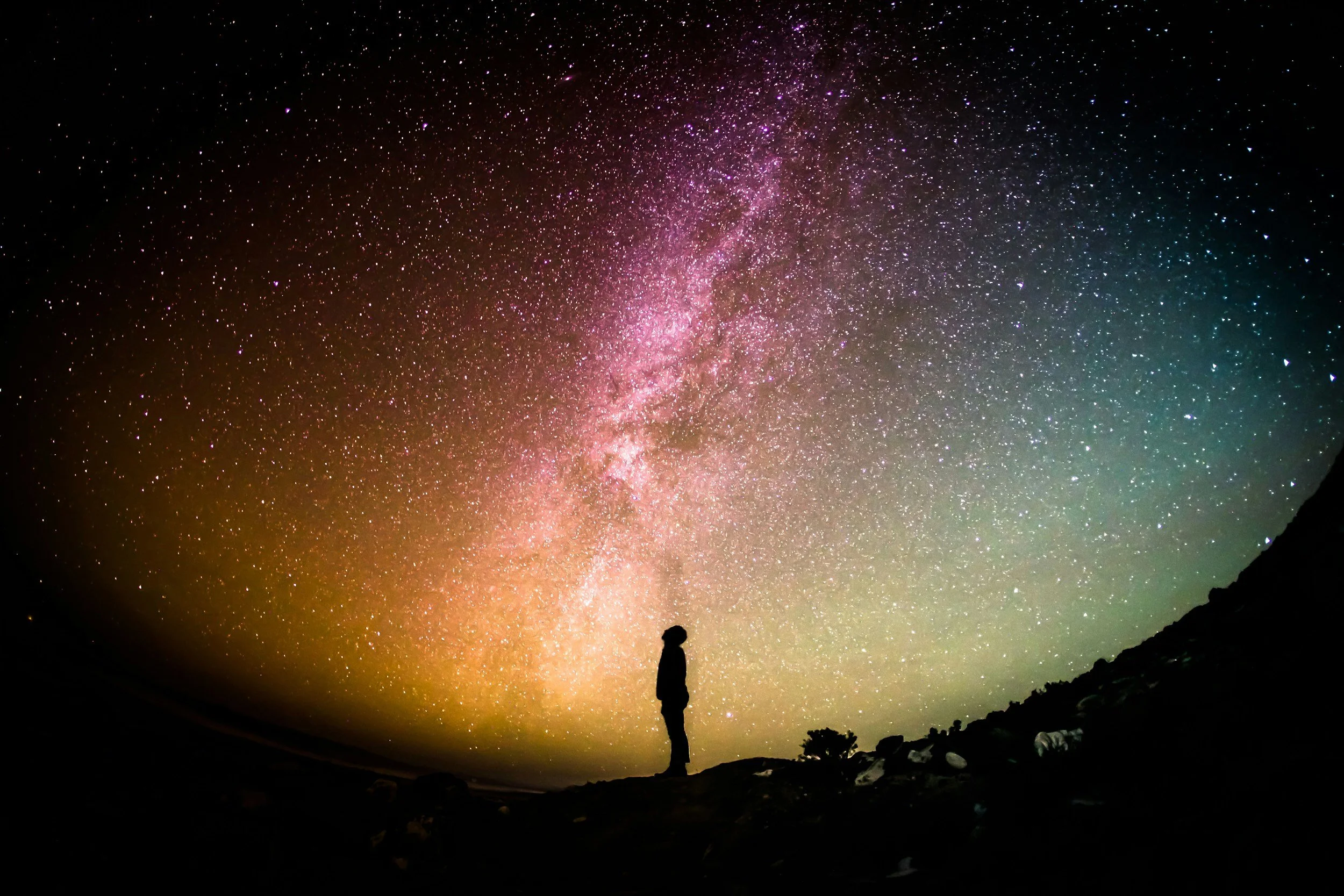Really think about why we have such a hard time slowing down. Why is it so hard to enjoy rest? Why do we feel so guilty doing it? Mostly we are conscientious people. We know there are so many people enduring such awful things in the world. We essentially say to ourselves, “I am not going to allow myself to rest until all the major problems of the world I feel strongly about are solved.” It sounds heroic. And of course there is also the guilt of justifying enjoyment when some such things can be fixed.
It’s the perfect lie. It’s perfect because it sounds so sincere and really does start from a place of compassion. Soon it leads somewhere else. It’s like Judas rebuking the former prostitute Mary for pouring the expensive perfume on Jesus’ feet. “What a waste. What an extravagant waste...that money could have been used for the poor.” How beautifully evil. It essentially iterates the notion that we can not rest until all the world’s problems are solved.
If we are a god, we have to earn our rest. The great news is that there is already a God, and we are not Him. If people kick and scream at that idea, there is at least a Universe with order and rhythm. Life goes on without us. What we think of ourselves so highly may not be the case.
But, the counter-intuitive reality of rest is that when we get ourselves out of the center, what we care about and value most gets put correctly in the center. In other words, we get out of the way of ourselves and things start to line up.
Manifest destiny is not merely will power. We don’t just will something into being. That would be, in most cases, putting ourselves in the center (making ourself God). What we are uniquely able to manifest is the vision to which we aspire. The clarity of our vision comes when we get the right things in the right order. When we entrust things out of our control to somehow get to their needful destination, we are liberated then to focus on the things actually within our capacity to change.
Separating the two is life’s greatest challenge. Though we remember the familiar Serenity Prayer we need to add a category to it: not just courage to change and serenity to accept, we also need wisdom to let others do some things. In other words, I could change something. IF I really wanted to, IF I had the time, IF I made the time. But I’m not. And someone else is, or someone else could. Part of serenity is entrusting to others things I could change but don’t need to.
There are a precious few things I have time to change. There are precious fewer I am called to change. Picking up trash on the sidewalk is this way. Many will say, “what’s the point? There is so much other trash you didn’t pick up.” True, but maybe I didn’t need to pick up those other pieces. Maybe those other pieces have someone else’s name on it. Maybe if I do my part others will be inspired to do theirs. That’s all we really got.
Do what you can, allow others to do the rest!
